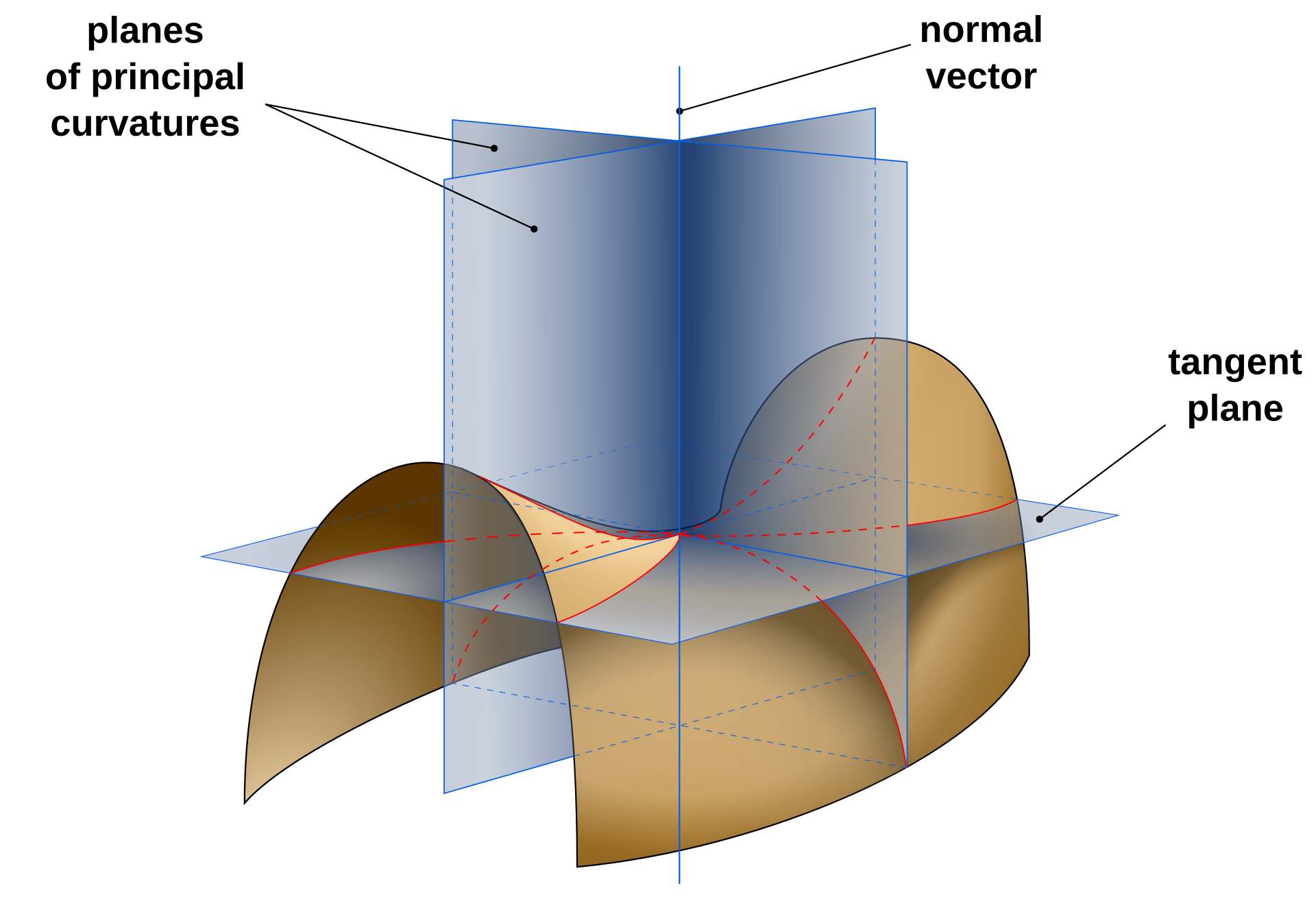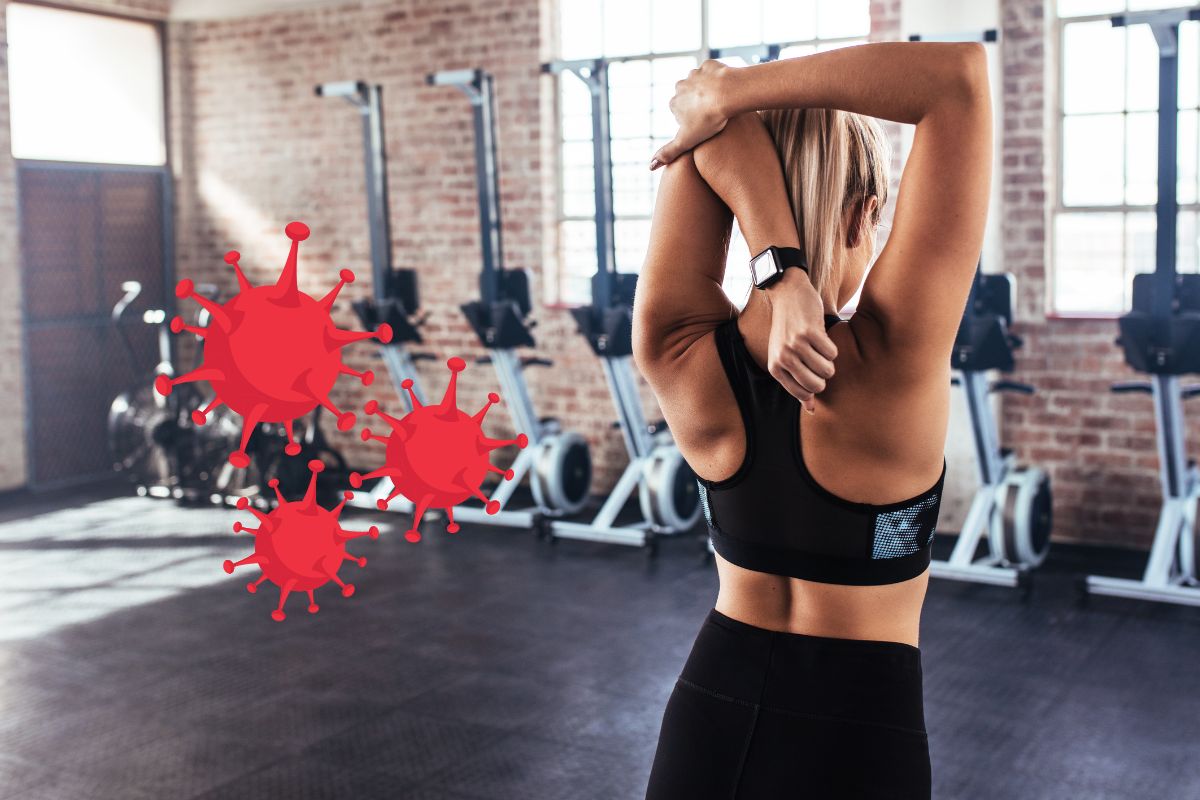Pringles have the shape of a hyperbolic paraboloid, a geometric structure created in this way to give them various properties

Pringles are one of the most widely recognized chips in the world, not only due to their taste but also because of their shape. This is no coincidence: Pringles indeed assume the shape of a hyperbolic paraboloid, a geometric structure with interesting features both from both an engineering and mathematical perspective.
The use of the hyperbolic paraboloid form
One of the primary functions of this shape is to protect the chips inside the tube. Because of the double curvature of the hyperbolic paraboloid, the chips distribute their weight more evenly, and breakage is less likely to occur, especially for chips at the bottom of the package. The shape also permits the neat stacking of chips, optimizing space and improving packaging efficiency.
Structurally, the hyperbolic paraboloid is famous for its strength. Architects and engineers use the shape to build roofs and light, yet powerful, structures, such as the London Velodrome or Canada’s Scotiabank Saddledome. The double curvature works to spread out loads evenly so that it’s impossible for stress points to form and lead to structural collapse.

@Eric Gaba/Wikipedia
How pringles are made
This attribute also applies to Pringles: the chip’s unique shape makes it stronger than a flat chip, so it is less likely to break in a predictable manner. In fact, when they do break, they break in different directions, creating pieces of irregular shapes.
But how do they produce Pringles? Unlike ordinary chips, they are not sliced from potato wedges but are produced from a dough composed of potato flakes, rice, corn, and wheat. They roll out this dough into an extremely thin sheet and then cut it into the same shapes.
Each chip is then molded into a shape that gives it its signature curvature, briefly fried, dried, and finally seasoned with flavorings. Once ready, the chips are stacked and placed into the famous cylindrical tubes.
Beyond function, the shape of the hyperbolic paraboloid also gives Pringles an appealing appearance, and they are a perfect example of the way that math and engineering can influence even the most everyday elements.
Source: Interesting Engineering

